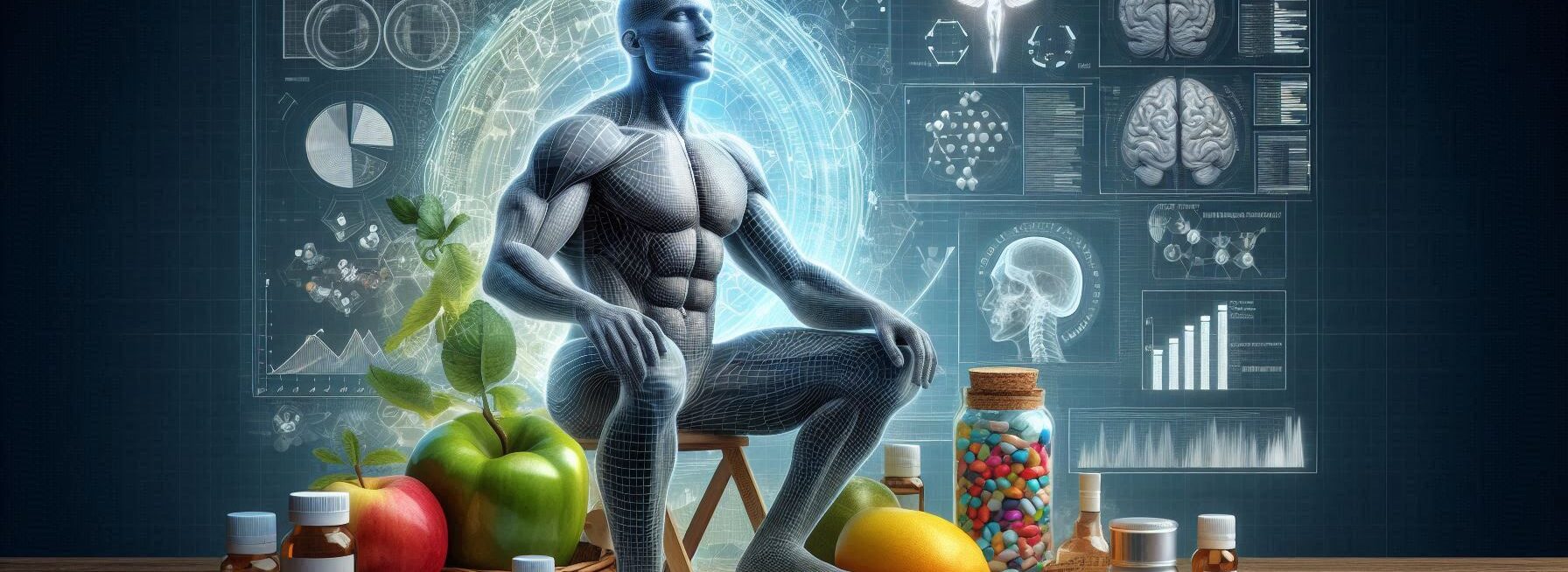Please Note: This post may contain affiliate links. If you click one of them, we may receive a commission at no extra cost to you. As an Amazon Associate, I earn from qualifying purchases.
Let’s face it: when it comes to weight loss, portion control is like that one friend who always shows up uninvited but ends up being the life of the party.
You can ignore it for a while, but eventually, you realize you need to deal with it if you want to achieve your fat loss goals. So grab a snack (but not too big!), and let’s dive into the world of portion control!
Top Takeaways and Key Concepts
Understand portion control: Manage how much food you eat at once to prevent overeating.
Use the plate method: Fill half with vegetables, one-quarter with protein, and one-quarter with grains.
Practice mindful eating: Chew slowly and savor flavors to feel satisfied with smaller portions.
Know serving vs. portion sizes: Learn recommended serving sizes but adjust portions based on hunger and goals.
Opt for smaller plates: Smaller dishes make portions appear fuller and help reduce overeating.
Summary of This Article
The article emphasizes that portion control is essential for effective weight loss. It introduces practical strategies, including the plate method, mindful eating, understanding serving versus portion sizes, and using smaller plates. These techniques help individuals manage food intake, enjoy meals more, and prevent overeating without feeling deprived. By combining awareness with simple visual and behavioral strategies, readers can adopt sustainable habits that support healthier eating and fat loss goals.
1. What Is Portion Control Anyway?

By the way, have you ever tried explaining “portion control” to someone who thinks “more is better”? It’s like trying to convince a toddler that broccoli is delicious!
Portion control is simply managing how much food you eat at once. Sounds easy, right? Well, let me tell you—it can be as tricky as finding matching socks in the laundry.
As we age or embark on our weight-loss journeys, understanding portion sizes becomes crucial. Picture this: you're at a restaurant and they serve you a plate that could feed an army. Do you really need all that food? Or are you just auditioning for “Extreme Eating”?
Interestingly enough, learning what constitutes a healthy portion size can save us from those post-meal regrets where we feel like we’ve swallowed a small elephant.
2. The Plate Method: A Visual Aid
Let’s see… if I had a dollar for every time I ate too much pasta because it looked good on my plate, I’d probably be able to buy an actual elephant! Here’s where the “plate method” comes into play—a simple trick that can help visually guide your portions.
The idea is straightforward: fill half your plate with vegetables (yes, even those weird green ones), one-quarter with lean protein (like chicken or tofu), and the last quarter with whole grains (because bread should never be fully excluded).
This method helps balance your meals without needing a degree in nutrition science.
And honestly, using this visual aid makes eating healthier feel less like punishment and more like art—who knew my dinner could look so pretty?
Plus, your plate will look so colorful; you'll feel like you're dining in a fancy restaurant instead of your living room!
3. Mindful Eating: Chewing Your Way to Success
Speaking of fancy dinners… let’s talk about mindful eating! Have you ever eaten something while binge-watching TV and suddenly realized you've consumed an entire pizza without even tasting it? Yeah… been there!
Mindful eating means paying attention to what you're eating and savoring each bite—kind of like how wine connoisseurs swirl their glasses before taking tiny sips while nodding thoughtfully.
Instead of inhaling food as if it's going out of style, take time to chew slowly and appreciate flavors.
This practice not only enhances your enjoyment but also allows your brain to catch up with your stomach.
By doing this, you'll often find yourself satisfied with smaller portions because you've actually tasted what you've eaten instead of merely shoveling it in!
4. Serving Sizes vs. Portion Sizes
Now here’s where things get fun—and by fun, I mean confusing! Serving sizes are what manufacturers suggest on packaging; think of them as guidelines from people who may or may not have ever seen real-life portions served at family gatherings.
On the other hand, portion sizes are what *you* decide to eat based on hunger levels and personal goals—so don’t worry about Aunt Edna's heaping servings during Thanksgiving dinner!
To navigate this minefield effectively, start measuring out serving sizes until they become second nature (or until Aunt Edna stops inviting herself over).
It might sound tedious initially—but believe me—once you get used to understanding these differences, you'll feel empowered rather than restricted!
5. The Power of Smaller Plates
You know what's shocking? Using smaller plates can actually help reduce portion sizes without feeling deprived! It sounds ridiculous—like one of those magic tricks where someone pulls rabbits out of hats—but trust me; there's science behind it.
When we use larger plates, our brains tend to fill them up without considering whether we're truly hungry or not. But switching things up with smaller dishes makes everything look fuller—even if it's just kale salad instead of nachos!
As a matter of fact, studies show that people tend to eat less when they use smaller plates simply because their minds perceive greater amounts visually.
So next time you're tempted by oversized dishware at home or parties—remember: sometimes less really is more!
Conclusion: Portion Control for Life
In conclusion—or should I say “in summary” since nobody likes long conclusions—it’s clear that mastering portion control doesn’t require rocket science; just awareness and some clever strategies!
With techniques like the plate method and mindful eating under our belts (not literally—I hope!), achieving fat loss goals becomes much more manageable.
And remember—it's okay if there are slip-ups along the way; nobody's perfect except maybe dessert chefs! So, embrace these tips wholeheartedly while enjoying every bite along your journey toward healthier habits.
Suggested External Resources:
Portion Control Tips
https://www.eatright.org/health/weight-loss/losing-weight/portion-control-tips-for-weight-loss
The Importance of Mindful Eating
https://www.healthline.com/nutrition/mindful-eating
Understanding Serving Sizes
https://www.choosemyplate.gov/eathealthy/servingsizes
Frequently Asked Questions
What is portion control?
Portion control means managing how much food you eat at one time to avoid overeating. It helps support fat loss without requiring strict dieting.
How does the plate method help with portion control?
The plate method visually divides your meal into vegetables, protein, and grains. This balance helps control calories while keeping meals satisfying.
What is the difference between serving size and portion size?
A serving size is a standardized amount listed on food labels, while a portion size is the amount you choose to eat based on hunger and goals.
How does mindful eating support portion control?
Mindful eating encourages slower eating and savoring each bite, allowing your body to signal fullness sooner and reducing overeating.
Do smaller plates really help reduce how much I eat?
Yes. Smaller plates make portions appear larger, which can trick your brain into feeling satisfied with less food.
Why is portion control important for fat loss?
Managing portion sizes helps regulate calorie intake without eliminating favorite foods. It supports steady, sustainable fat loss.
How can I practice portion control without feeling deprived?
Use visual guides, choose nutrient-dense foods, eat mindfully, and allow flexibility. These strategies reduce overeating while keeping meals enjoyable.

Kevin Collier is a dedicated health enthusiast and writer for FatFAQ.com, where he shares his expertise on weight loss and maintaining a healthy lifestyle. With a focus on practical tips and evidence-based strategies, Kevin aims to inspire readers to achieve their health goals through informed choices. His engaging articles cover nutrition, exercise, and holistic wellness, providing valuable resources for anyone looking to improve their well-being. Passionate about helping others transform their lives, Kevin advocates for sustainable habits that promote lasting health and vitality.




